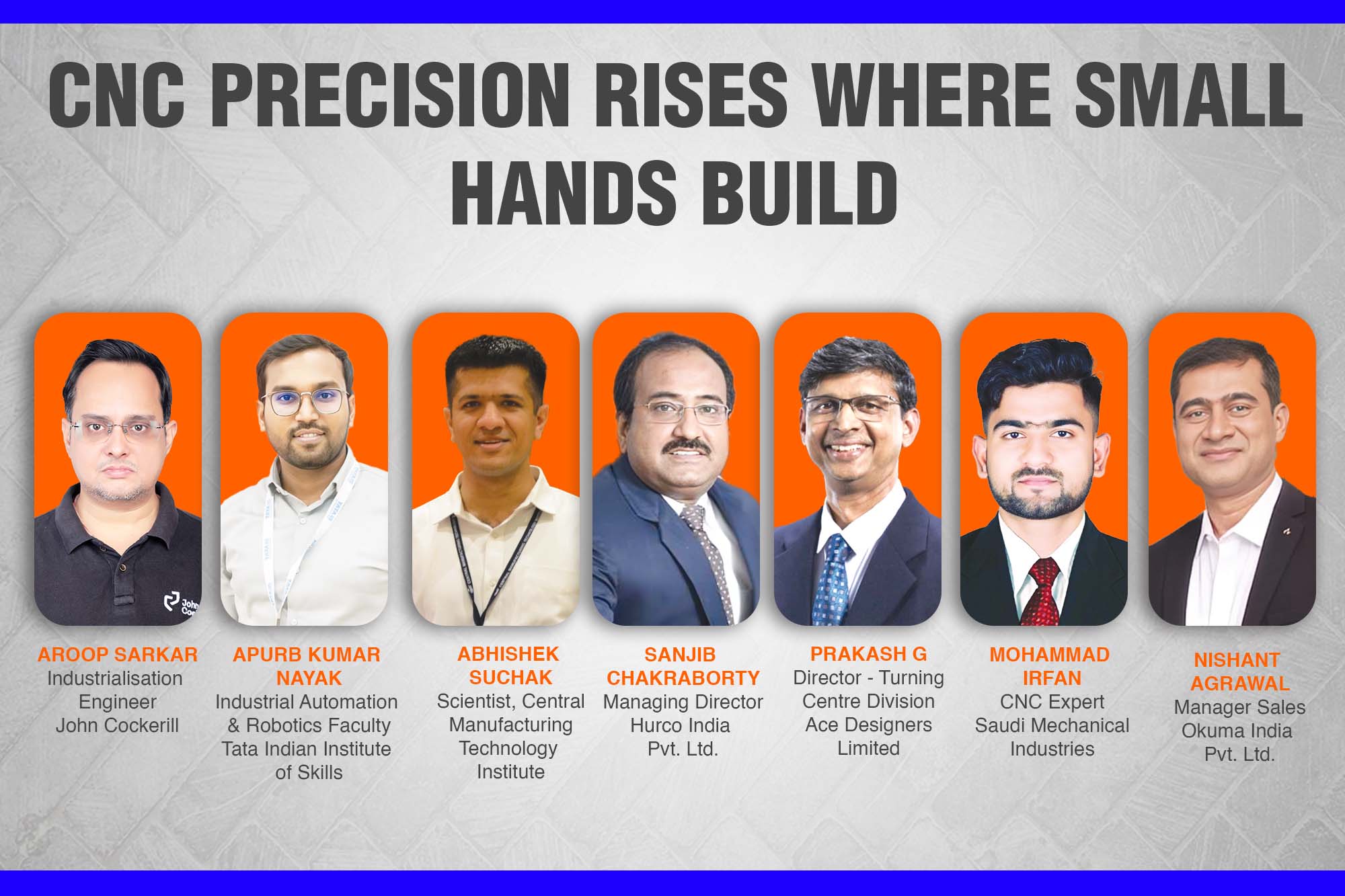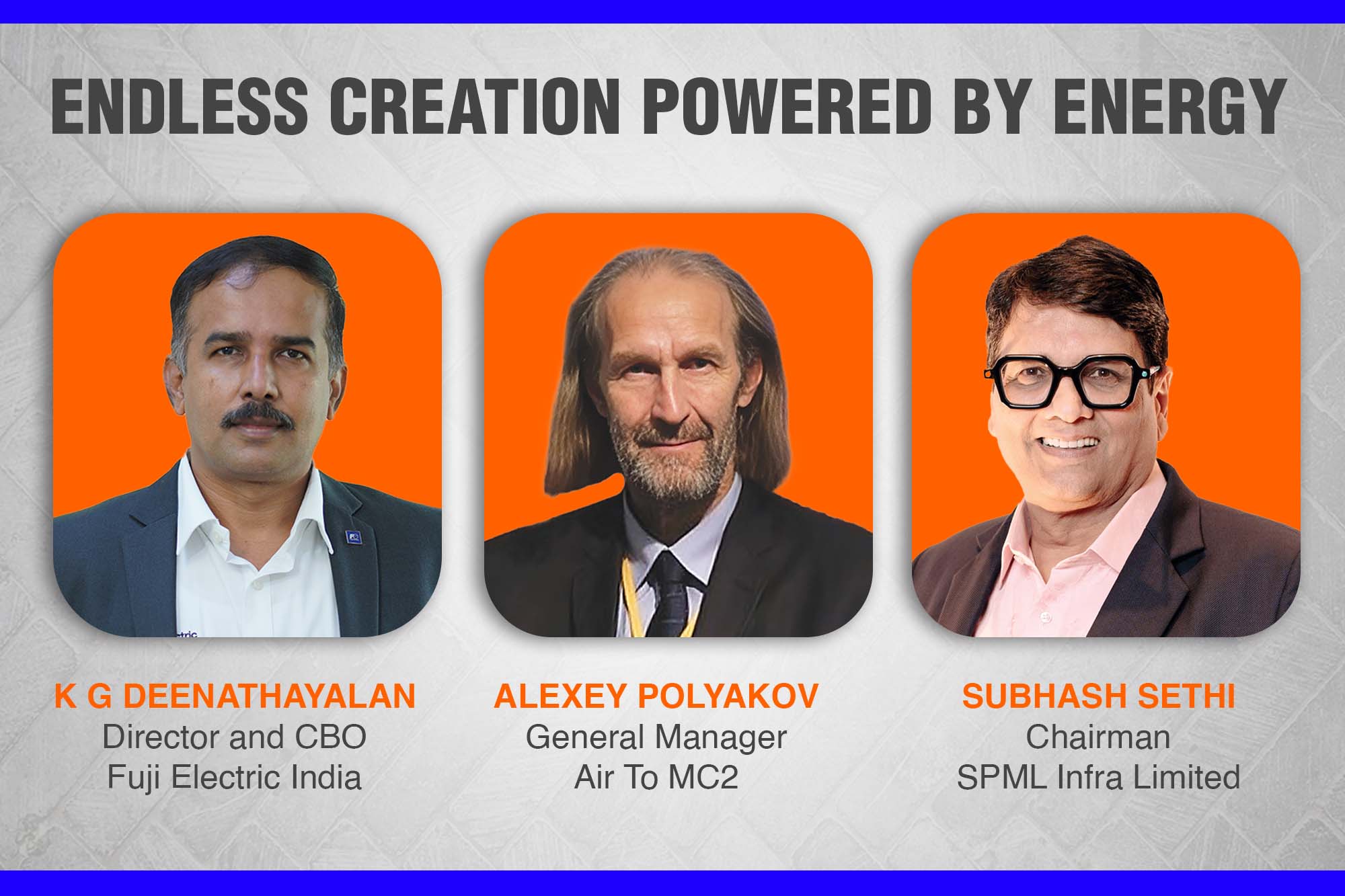The future of lightweight
By OEM Update Editorial February 1, 2024 12:13 pm IST
The global electric vehicles (EVs) market is expanding faster than initially thought. The primary challenges in EV technology include their substantial curb weight and the thermal runaway of batteries. These challenges can be minimised by focusing on developing lightweight components that offer improved flame retardancy, thereby enhancing safety measures.
The global automotive industry is moving towards zero-emission transportation, dominated by electric and autonomous vehicles. Here, smart/ intelligent materials play an important role in this transformation. The focus is on providing adaptive features and advanced functionality. Automakers actively investigate innovative materials to enhance strength, stability, safety and performance.
Lightweight materials for electric vehicles (EVs) imply materials that are lighter in weight compared to traditional materials used in automobiles. These materials help reduce the overall weight of EVs, resulting in improved energy efficiency and extended battery life. Examples of lightweight materials for EVs include aluminium, carbon fibre reinforced polymer (CFRP), magnesium, and high-strength steel. The lightweight design has influenced various transportation sectors, from high-performance sports cars to commercial aeroplanes.
The EV market, involving Battery Electric Vehicles (BEVs), Hybrid Electric Vehicles (HEVs), and Plug-in Hybrid Electric Vehicles (PHEVs), is making use of lightweight materials. These materials, including carbon fibre composites and aluminium alloys, provide many benefits, such as lower energy consumption, extended range, and enhanced performance. Utilising lightweight materials reduces the vehicles’ weight, resulting in improved acceleration, prolonged battery life, and enhanced fuel efficiency.
The focus on light-weighting is significant, as it can contribute to improved operating range – a key challenge in the widespread acceptance and growth of electric vehicles. As the demand for extended travel range increases, an anticipated increase in the weight of the battery packs is imminent. The two key challenges that EVs face are – their heavy curb weight due to their battery packs and the fire threat caused by the thermal runaway of batteries. According to Maxson Lewis, Managing Director & CEO, Magenta Power, thermal runaway challenges do not stem from the batteries but from the battery management system (BMS). Many BMS systems used to be re-engineered from elsewhere and were not cell-specific, as cells were sourced separately and packed before being adapted to the BMS. The induction motor of an electric vehicle, powered by the battery pack, takes the place of the internal combustion engine (ICE), fuel tank, and associated accessories. The substituted parts lead to a hike in the overall weight of EVs.
The raw materials used to manufacture EV batteries include Al, carbon, Cobalt, Cu and graphite. Manufacturers are using glass and carbon fibre-reinforced polymers to develop lightweight parts. Aluminium alloys, carbon fibre composites, and magnesium alloys, among others, are some of the top materials utilised to reduce a vehicle’s weight.
Polymer composites
Ongoing developments in polymers and alloys are providing designers with a selection range of materials, extending the range of applications suitable for AM parts. Moreover, the concern about the sustainability of EV technology is prompting automotive manufacturers to innovate and create new materials with reduced environmental impacts. A potential solution lies in developing high-performance, sustainable polymer composites for lightweight EV components, incorporating enhanced flame retardancy. This approach focuses on sustainable manufacturing and integrating automotive parts from composite materials. Since composite components are lighter, using composites in battery production enables manufacturers to reduce the weight of other vehicle parts. In this regard, the composites segment, under the material type category, is expected to grow with the highest CAGR of 22.09 percent by 2030, as per Inkwood Research.
The light-weighting of EV components brings several benefits, including increased travel ranges, minimised crash impacts, reduced braking distances, and lower tire wear. Sustainable and renewable composite manufacturing -engineering plastics featuring recycled carbon fibres are gaining demand over traditional plastics. The global EV lightweight material market is expected to advance 27.4 per cent CAGR till 2031 mentions, Transparency Market Research study.
Furthermore, incorporating sustainable flame-retardants in EV components improves thermal management and delayed thermal runaway. Consequently, the recent emphasis on automotive weight reduction strategies is explored in this context. It emphasises the utilisation of high-performance, lightweight, and sustainable composites with flame retardancy to contribute to climate benefits.
Thermal issues
Li-ion batteries are used in EVs for their high specific energy and energy density. However, specific attention is needed for the thermal runaway that leads to heat generation ‘exothermic reaction’ in batteries. Thermal runaway is initiated by electrical abuse, such as external short circuits, overcharging, or over-discharging, as well as mechanical abuse, like crushing or penetration, and thermal abuse involving extreme temperatures. Preventing these scenarios might involve using appropriate materials in the design of Li-ion cells, including electrodes, electrolytes, separators, and cell cases. Additionally, integrating effective flame-retardant elements into both the battery components and structural elements helps minimise the consequences of thermal accidents.
Flame retardant EV componentsAs the demand for lightweight increases for EVs, battery pack components (enclosures or trays) could be fabricated with plastics and composites. One of the fundamental approaches to enhance the thermal stability of battery pack components is using suitable additives and diminishing flame propagation through the integration of efficient flame retardant materials. Flame retardancy can be imparted to polymers, their blends, and composites by adding flame retardants into the matrix, which sometimes shows the phenomenon of ‘intumescence’. This term signifies ‘to swell up’ and creates a heat and mass transfer barrier.
The global automotive industry is moving towards emission-free transportation, leading to a significant surge in the EVs market, with a projected value of USD 1318 billion by 2028. Forecasts suggest that by 2040, all new cars will be electric and have zero emissions. Emerging trends are shaping the industry. Firstly, there is a growing emphasis on utilising advanced composites like carbon fibre-reinforced polymers to decrease the weight of EVs. Secondly, manufacturers increasingly adopt aluminium and magnesium alloys as lightweight substitutes for traditional steel, offering improved fuel efficiency and durability.
Composites, graphene and AM are relatively new materials and technologies, so there is limited standardisation. Furthermore, 3D or additive manufacturing facilitates the production of complex lightweight components. Collectively, these trends drive towards achieving greater energy efficiency and minimising the carbon footprint within the EV market. Viewing from a distant perspective, Peter Auerbeck, Key Account Manager E-Mobility, Grob Werke GmbH, argues that rather than focusing solely on lightweight materials, optimisation efforts should also be centred on reducing the number of parts. This involves a shift away from traditional body and white manufacturing lines towards increased reliance and use of casted and extruded parts, reflecting a more comprehensive reconsideration of cars and other automobile production methodologies.
Future outlook
The integration of lightweight technology brings valuable additions to the electric vehicle space. Shortly, much growth in the lightweight material for the EV market is expected. A 10 percent decrease in vehicle weight can lead to a 6 to 8 percent increase in power efficiency. Contemporary cars rely on lightweight electric car battery materials to increase their power efficiency while being safe. The increasing emphasis on electrification and the imperative for energy-efficient transportation are key factors propelling the automotive industry’s demand for lightweight materials. The outlook for lightweight materials for the EV market appears promising, with the global shift towards electrification in the automotive industry.
In conclusion, with the continual expansion in market demand, the industry’s focus towards smart materials denotes a trend and a long-term investment into the future of mobility and manufacturing.
=================
Maxson Lewis, Managing Director & CEO, Magenta Power Pvt. Ltd.
“There is a shift towards designing new vehicles specifically for EVs, eliminating concerns like vibration management inherent in ICE vehicles.”Peter Auerbeck, Key Account Manager E-Mobility, Grob Werke GmbH & Co KG
“Optimisation efforts should also be centered around reducing the number of parts rather than focusing solely on lightweight materials.”Xianyan Zhou, Analytical Simulation Engineer, Hystar
“Aluminium, carbon fibre composites, and magnesium alloys are some of the top materials used to reduce a vehicle’s weight.”
Cookie Consent
We use cookies to personalize your experience. By continuing to visit this website you agree to our Terms & Conditions, Privacy Policy and Cookie Policy.
















